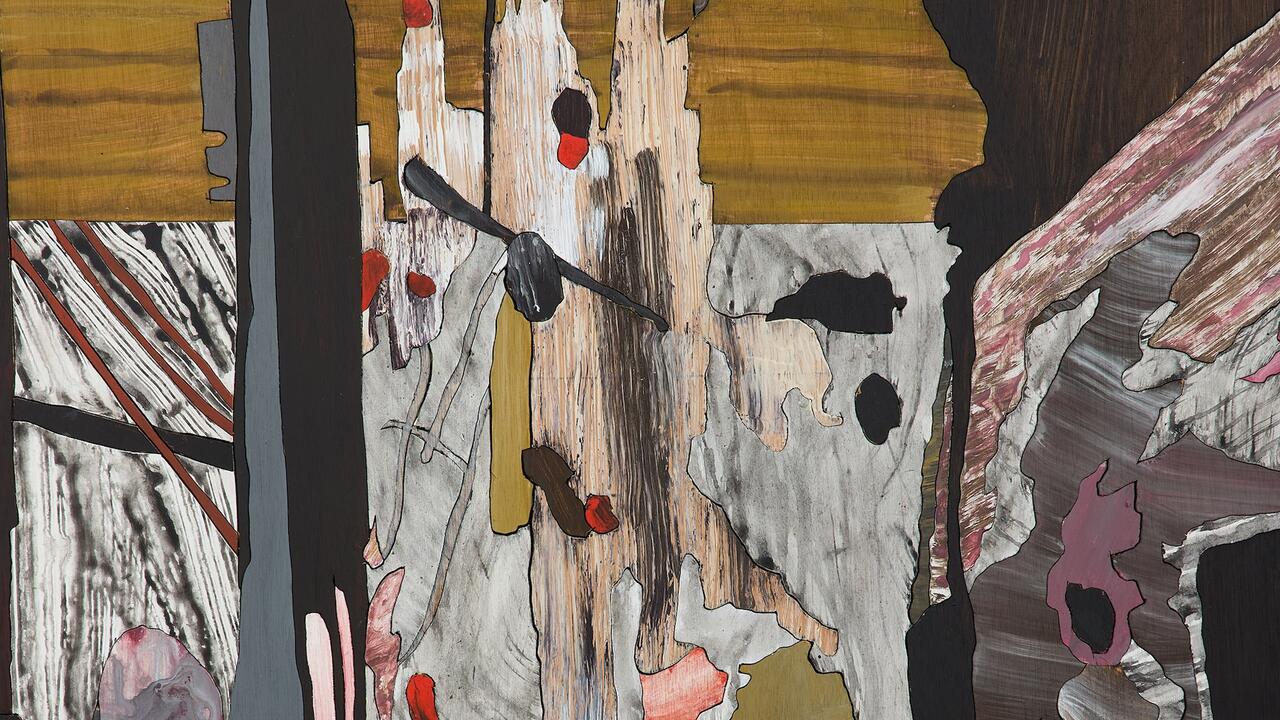Trench Art
Freemason's hall, London, UK
Freemason's hall, London, UK

There are three things my grandfather won't talk about. The first is his father, a man he never knew. The second is his time in the Royal Navy, scuttling Nazi U-boats. The third (and his tight lips, here, are the product not of choice but of a promise) is his membership of a Masonic lodge. It seems to me that there's something essentially male about my grandfather's silence on these matters - a mannish refusal to speak of mannish pains or mannish pleasures. But if not talking is masculinity's lingua franca, men - especially men who have experienced loss - still give their feelings form. Just look at 'Trench Art', a sad, extraordinary exhibition of objects fabricated from the trashed debris of war.
Few art venues are as freighted as London's Freemasons' Hall. Padding along the building's marbled passageways (all perfect proportions and God-given geometry), it's impossible not to wonder what goes on behind its Masons-only doors. I got to thinking, a little guiltily, about a 1995 episode of The Simpsons, in which the men of Springfield pull on wizard-y robes and repair to the 'Stonecutters' Lodge', where they cut deals, drink beer and belt out the lines 'Who holds back the electric car? Who makes Steve Guttenberg a Star? We do! We do!' It's a telling example of what the wider public imagines Freemasonry to be: a mix of dressing-up box mysticism, secret influence and clubbable, booze-tinged fellowship. Whether this is accurate or not is almost anyone's guess - the Masons know, but they aren't telling.
Such reticence spilled over into the curatorial approach of 'Trench Art'. Spanning the 400-odd years that separate the Spanish Armada from the Bosnian War of 1992-5, the works in the show (bootblack finger paintings of German soldiers, snuff tins fashioned from the hoofs of fallen horses, sculptures cast from spent ammo) were presented with little or no explanatory material. In some cases this lent them a near-universalism. Take the 'sweetheart' brooch from World War I, made by an anonymous Tommy. Here a snub-nosed bullet was inset with glass beads and inscribed with the name 'Kate', transforming it into both an arrow from Cupid's bow and a brutal, green-eyed warning. No wall text informed the viewer who 'Kate' was, but this only added to the piece's weird poetry. In a sense she's the everywoman of World War I - working in a munitions factory; worrying about her faraway beloved; trying to ignore the wicked glances of the soldiers from the nearby base.
If war makes love hard, war art has the opposite effect. Looking at the items on display, it was difficult not to suspend one's critical faculties and simply feel for their makers. One of the most moving exhibits was a chess set fabricated from bone toothbrushes by an inmate in a World War II Japanese prisoner of war camp. It's pretty crummy-looking (the carving's weak, the design uninspired), but that's beside the point. Narrative's the important thing here, or at least an imagined narrative, in which the prisoner's labours soothe the pain of his capture, of the black teeth rotting in his head. For all this, the chess set had a melancholy aspect. The game, after all, is a safe form of conflict. It is war as pure logic - the last thing real war is.
Given the venue for 'Trench Art', it's unsurprising that many of the works in the show were made by Masonic hands. In one corner sat a beautifully crafted Napoleonic-era box in the form of a book. Woven from straw pulled from a dank prison mattress, it was painted with various Masonic signs and sigils: a candelabrum, a compass and a tall, flame-licked tower. A nearby cabinet held an ornamental boss from the same period, showing an African slave kneeling beneath an all-seeing eye, bordered by the words 'Am I not a man and a brother?' In the context of the Masons' chequered record on race (the xenophobic comedian Jim Davidson, to take just one example, was Master of Chelsea Lodge until 2002), the inclusion of the piece feels like a self-chastising reminder of the order's emphasis on colour-blind Rousseau-ian fraternity.
Elsewhere, improvised Masonic mallets, gavels and aprons proliferated. How to think about these objects? Not as art as we know it (they're too silent, too hermetic for that). Not as historical deposits either, or at least not in any simple sense. Like most trench art, their true meaning is known only to the initiated. The rest of us - the non-Masons, the non-combatants - read them only through fantasy's blurry lens.























